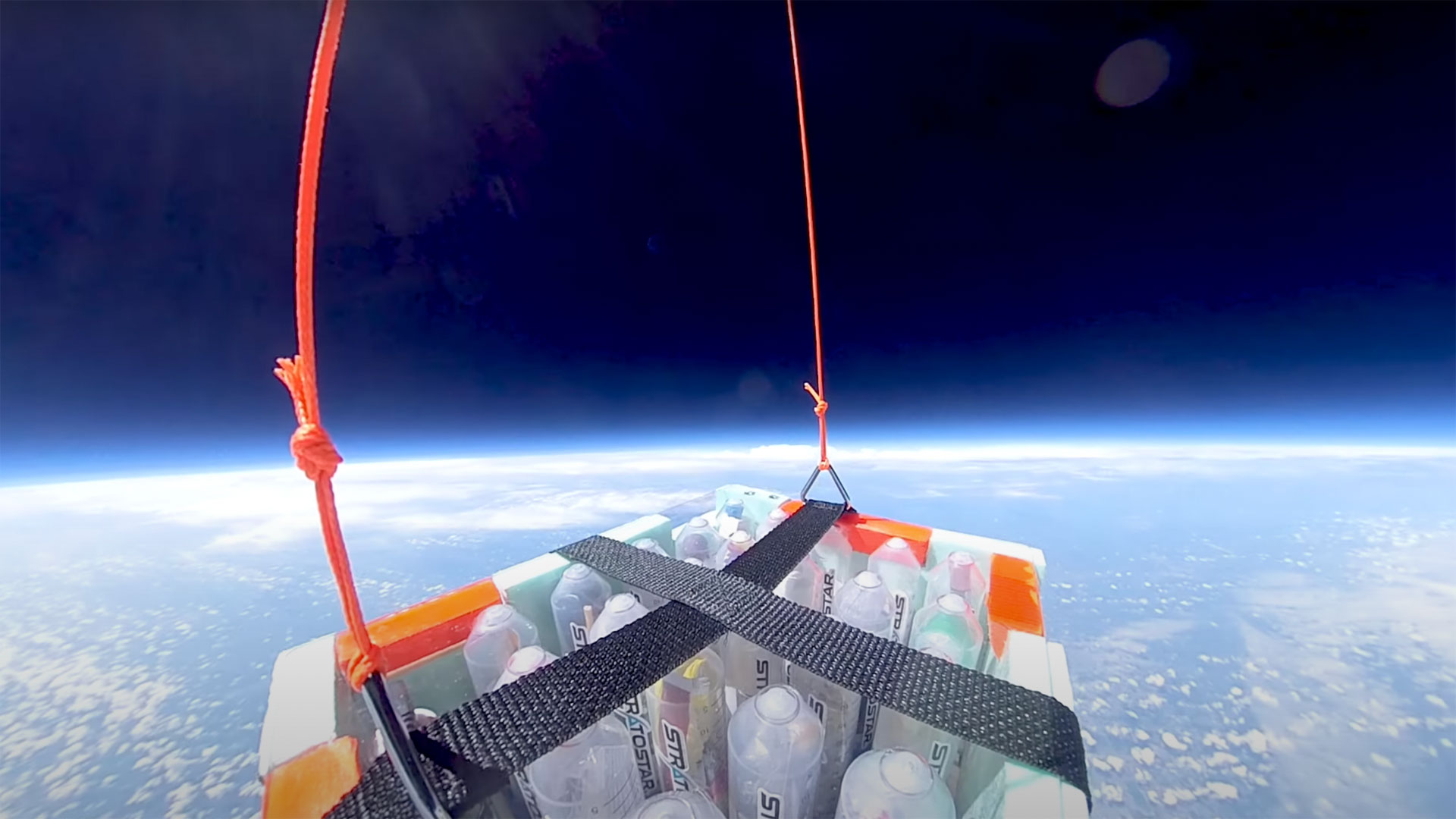Just how high can weather balloons go before it pops? This is a popular question we hear daily and it’s a great one too. In the previous blog, “4 Weather Balloon Questions You May Not Know The Answer To” and “Weather Balloon Facts”, we introduced why weather balloons pop. In this post, we would like to take you on a deep journey of the lifespan of a weather balloon. Keep in mind all weather balloons are different, along with the conditions at every launch.
Why exactly do weather balloons pop?
From 1785 till now, scientists have been launching balloons whether they be full of hot air, hydrogen, or helium. These specific gases were chosen because of their light weight. The balloons have been used to make meteorological measurements for centuries. These measurements are then transferred back to the Earth’s surface for further analysis.
When you decide to launch your first weather balloon, you may notice a few things. There may be some extra room for more gas inside the anchored balloon. The casing of the balloon might look a little floppy. There is reasoning behind this technique. As weather balloons travel further from the Earth’s surface, the air pressure around the balloon decreases drastically. As the air gets thinner, the balloon’s casing get tighter. This is due to the gas expanding within the balloon. The expanding gas causes the balloon to reach full capacity and it pops. If scientists expanded the balloon completely prior to launch, the weather balloon would pop much sooner.
How high can weather balloons go before it pops?
On average weather balloons will ascend for about 90 minutes before bursting. They typically reach about 60,000 to 105,000 feet. These numbers can vary due to certain conditions. These conditions include: the time of year, the wind conditions, the weight of your balloon, and how much gas is inside your balloon. For instance, in the winter time, we estimate weather balloons to horizontally travel from 35 to 75 miles or more due to atmospheric winds. Part of the pre-planning involved in StratoStar’s customer training is to better predict and control how far your weather balloon will travel from your launch point. It really is exciting!
What happens after the explosion?
When the gases expand to the point where there is no more room, the balloon explodes and the ascent is complete. The attached payload boxes and other equipment with gradually fall back to Earth for an average 30 minutes. Weather conditions will also affect the path of your payload’s fall. With StratoStar launches, your team can track the coordinates of your balloon using a GPS and collect the videos from the stratosphere.
Want to see how high a balloon can go before it pops for yourself? StratoStar works hand-in-hand with new customer to navigate them through the mission. If this post inspired you to launch your classroom into the stratosphere, let us know!
What does a weather balloon explosion look like?



